Filter by
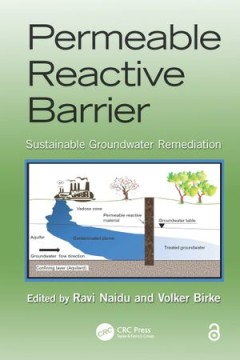
Permeable Reactive Barrier Sustainable Groundwater Remediation
Remediation of groundwater is complex and often challenging. But the cost of pump and treat technology, coupled with the dismal results achieved, has paved the way for newer, better technologies to be developed. Among these techniques is permeable reactive barrier (PRB) technology, which allows groundwater to pass through a buried porous barrier that either captures the contaminants or breaks t…
- Edition
- -
- ISBN/ISSN
- 9781482224481, 1482224488
- Collation
- -
- Series Title
- -
- Call Number
- -

Oceanography and Marine Biology: An Annual Review, Volume 56
Oceanography and Marine Biology: An Annual Review remains one of the most cited sources in marine science and oceanography. The ever increasing interest in work in oceanography and marine biology and its relevance to global environmental issues, especially global climate change and its impacts, creates a demand for authoritative reviews summarizing the results of recent research. OMBAR has cate…
- Edition
- -
- ISBN/ISSN
- 9780429845765, 0429845766
- Collation
- -
- Series Title
- -
- Call Number
- -
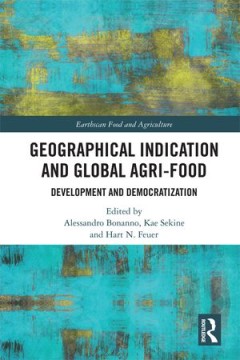
Geographical Indication and Global Agri-Food Development and Democratization
This book addresses the relevance of geographical indication (GI) as a tool for local and socio-economic development and democratization of agri-food, with case studies from Asia, Europe and the Americas. A geographical indication is a sign used on products that have a specific geographical origin and possess qualities or a reputation that are due to that origin. It provides not only a way f…
- Edition
- -
- ISBN/ISSN
- 9780429895128
- Collation
- -
- Series Title
- -
- Call Number
- -
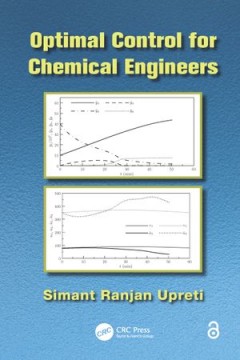
Guide for Small Community Water Suppliers and Local Health Officials: Lead in…
This Guide for Small Community Water Suppliers and Local Health Officials is one of a series produced by the International Water Association's (IWA) Specialist Group on Metals and Related Substances in Drinking Water. It is an abbreviated compilation of the wide range of scientific, engineering, health and operational issues concerned with the control of lead in drinking water in small water su…
- Edition
- -
- ISBN/ISSN
- 9781843393801
- Collation
- -
- Series Title
- -
- Call Number
- -
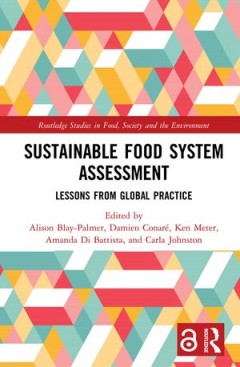
Sustainable Food System Assessment Lessons from Global Practice
Sustainable Food System Assessment provides both practical and theoretical insights about the growing interest in and response to measuring food system sustainability. Bringing together research from the Global North and South, this book shares lessons learned, explores intended and actual project outcomes, and highlights points of conceptual and methodological convergence.Interest in assessing…
- Edition
- -
- ISBN/ISSN
- 0429801394, 9780429801396
- Collation
- -
- Series Title
- -
- Call Number
- -
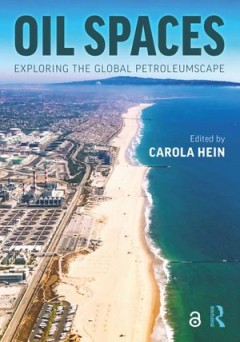
Coastal Lagoons in Europe: Integrated Water Resource Strategies
Lagoons represent nearly 13% of the shoreline globally and around 5% in Europe. Coastal lagoons are shallow water bodies separated from the ocean by a barrier (e.g., narrow spit), connected at least intermittently to the ocean by one or more restricted inlets, and usually geographically oriented parallel to the shoreline. Coastal lagoons are flexible and usually able to cope with environmental …
- Edition
- -
- ISBN/ISSN
- 9781780406282
- Collation
- -
- Series Title
- -
- Call Number
- -
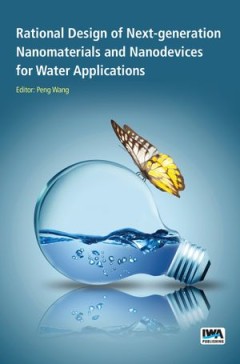
Biological Wastewater Treatment in Warm Climate Regions Volume II
Biological Wastewater Treatment in Warm Climate Regions gives a state-of-the-art presentation of the science and technology of biological wastewater treatment, particularly domestic sewage. The book covers the main treatment processes used worldwide with wastewater treatment in warm climate regions given a particular emphasis where simple, affordable and sustainable solutions are required. This…
- Edition
- -
- ISBN/ISSN
- 9781843391074
- Collation
- -
- Series Title
- -
- Call Number
- -
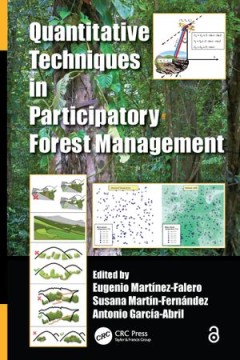
Biological Wastewater Treatment in Warm Climate Regions
Biological Wastewater Treatment in Warm Climate Regions gives a state-of-the-art presentation of the science and technology of biological wastewater treatment, particularly domestic sewage. The book covers the main treatment processes used worldwide with wastewater treatment in warm climate regions given a particular emphasis where simple, affordable and sustainable solutions are required. This…
- Edition
- -
- ISBN/ISSN
- 9781780402734
- Collation
- -
- Series Title
- -
- Call Number
- -
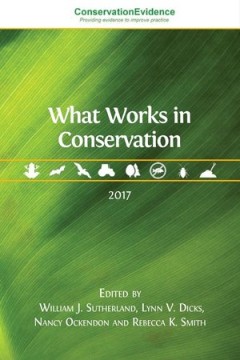
What Works in Conservation 2017
What Works in Conservation has been created to provide practitioners with answers to these and many other questions about practical conservation. This book provides an assessment of the effectiveness of 763 conservation interventions based on summarized scientific evidence. Chapters cover the practical global conservation of amphibians, bats, birds and forests, conservation of European farmland…
- Edition
- -
- ISBN/ISSN
- 9781783743100
- Collation
- -
- Series Title
- -
- Call Number
- -
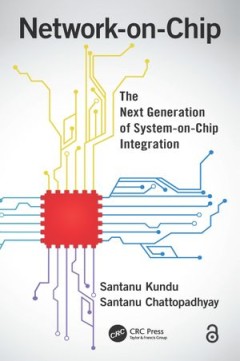
Advances in Carbon Management Technologies: Carbon Removal, Renewable and Nuc…
Advances in Carbon Management Technologies comprises 43 chapters contributed by experts from all over the world. Volume 1 of the book, containing 23 chapters, discusses the status of technologies capable of yielding substantial reduction of carbon dioxide emissions from major combustion sources. Such technologies include renewable energy sources that can replace fossil fuels and technologies to…
- Edition
- -
- ISBN/ISSN
- 9780429513329
- Collation
- -
- Series Title
- -
- Call Number
- -
 Computer Science, Information & General Works
Computer Science, Information & General Works  Philosophy & Psychology
Philosophy & Psychology  Religion
Religion  Social Sciences
Social Sciences  Language
Language  Pure Science
Pure Science  Applied Sciences
Applied Sciences  Art & Recreation
Art & Recreation  Literature
Literature  History & Geography
History & Geography